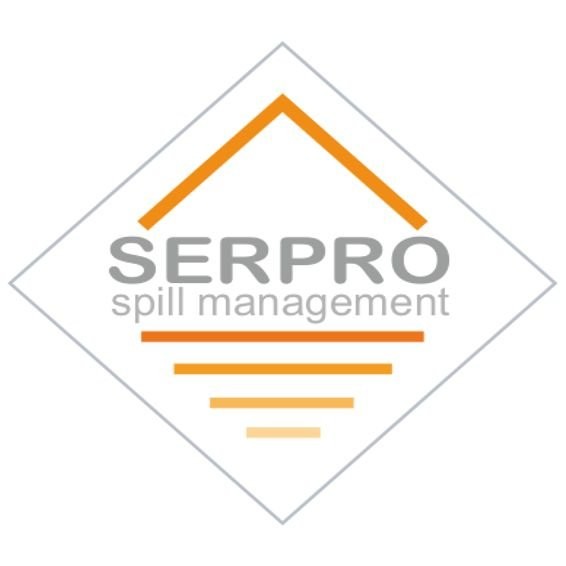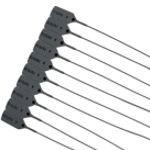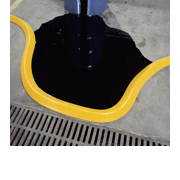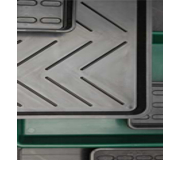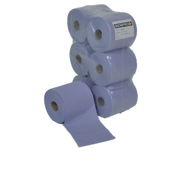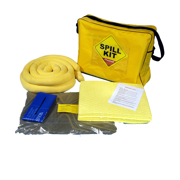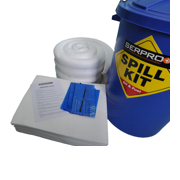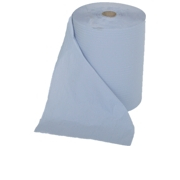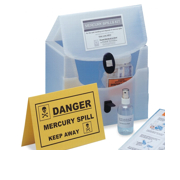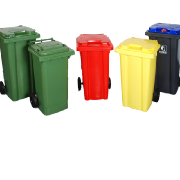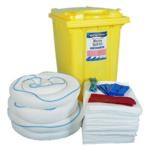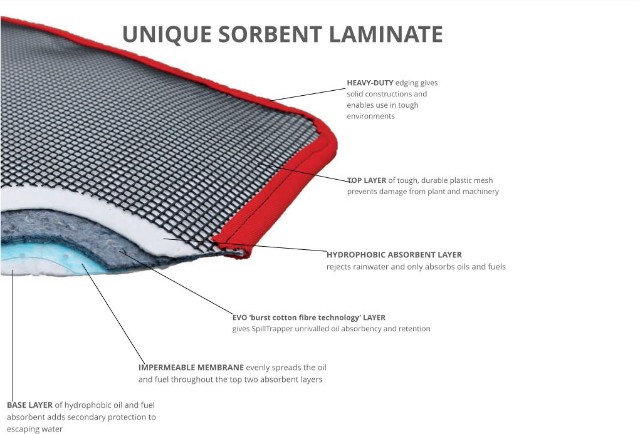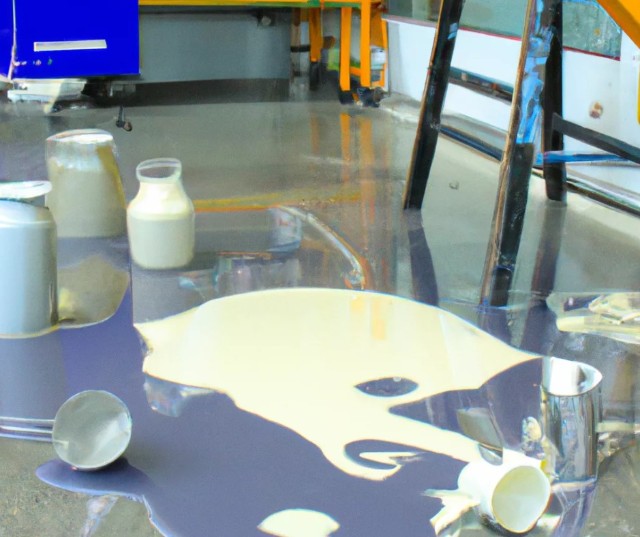Preventing Spills in the Workplace
3 April 2023|
Liquid spills are a common hazard in the workplace, and they can pose a significant risk to both employees and visitors. Slip and fall accidents resulting from liquid spills can lead to serious injuries, which can be costly for both the individuals affected and the business. Fortunately, there are several steps that employers can take to prevent liquid spills in the workplace. Here we will discuss some of these preventive measures. The first step in preventing liquid spills in the workplace is to identify the areas where spills are most likely to occur. This may include areas where liquids are frequently used, such as kitchen or bathroom facilities, laboratories, or manufacturing areas. Once these areas are identified, it is important to develop a plan to minimize the risk of spills. This plan should include procedures for handling liquids, as well as policies for cleaning up spills promptly. One effective way to prevent liquid spills is to use spill containment products. These products are designed to contain spills and prevent them from spreading. Spill containment products may include spill berms, spill pallets, and spill kits. These products can be placed in areas where spills are most likely to occur and can be used to quickly contain and clean up spills. Another effective way to prevent liquid spills is to provide employees with proper training on handling liquids. This may include training on how to properly use and store liquids, as well as training on how to respond in the event of a spill. Employees should be trained on the importance of promptly reporting spills so that they can be addressed before they become a hazard. Regular maintenance and inspection of equipment and facilities can also help to prevent liquid spills. Leaking pipes or containers can be a significant source of spills, so it is important to inspect these regularly and repair any leaks as soon as they are identified. In addition, equipment should be properly maintained to ensure that it is in good working order and not likely to cause spills. Finally, it is important to establish clear policies and procedures for cleaning up spills. This should include the use of appropriate cleaning materials and equipment, as well as guidelines for disposing of any contaminated materials. Employees should be trained on these procedures and should be encouraged to report spills promptly so that they can be cleaned up quickly and safely. In conclusion, preventing liquid spills in the workplace requires a proactive approach. Employers should identify areas where spills are most likely to occur, develop a plan to minimize the risk of spills, provide employees with proper training, regularly maintain and inspect equipment and facilities, and establish clear policies and procedures for cleaning up spills. By taking these steps, employers can help to ensure the safety of their employees and visitors and reduce the risk of costly slip and fall accidents. |

